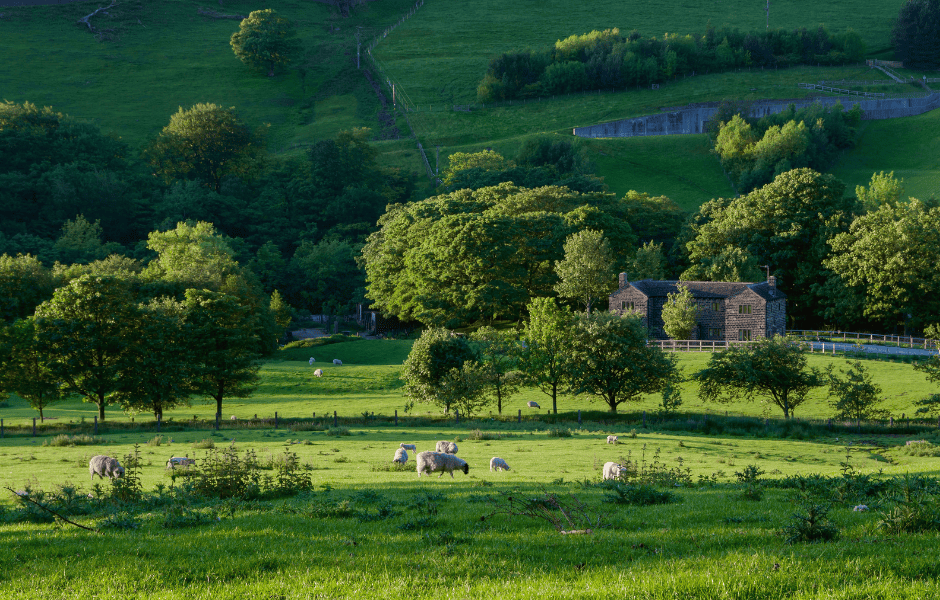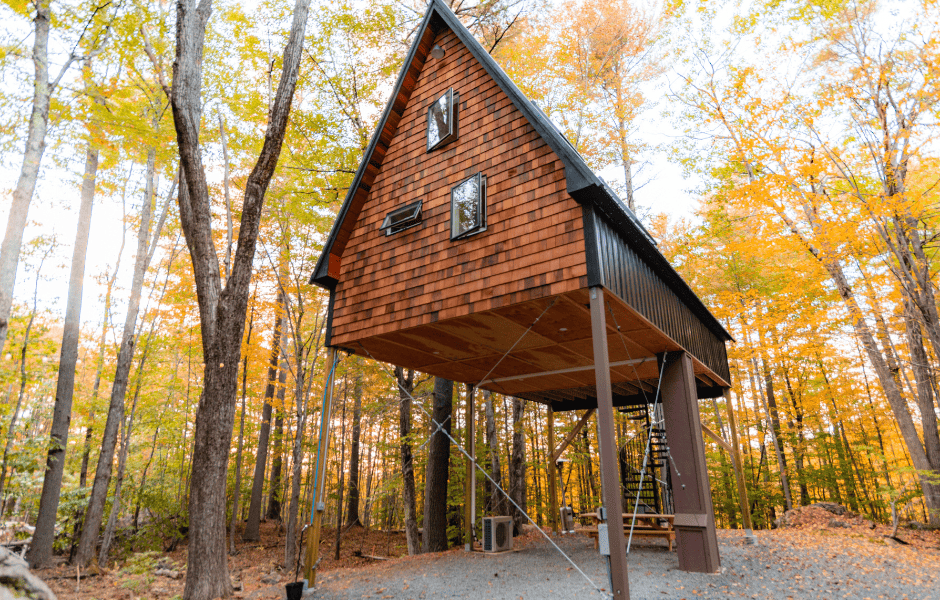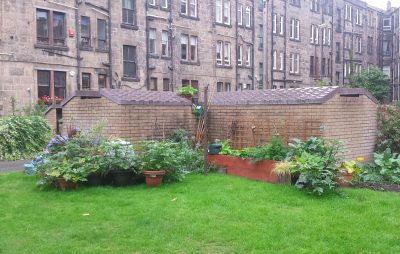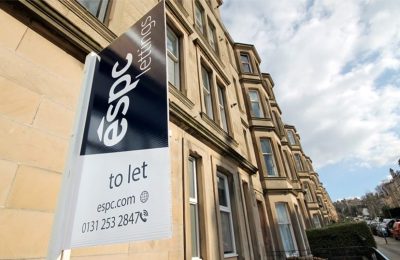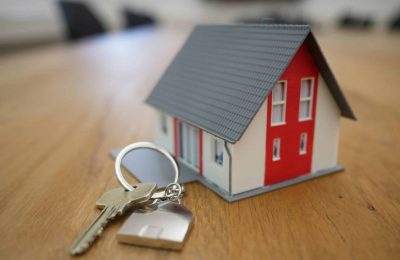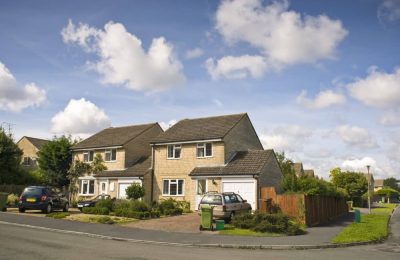Scotland’s natural beauty has always attracted visitors worldwide, drawing them in with its picturesque landscapes, tranquil lochs and historical sites. Recently, however, there has been a significant shift in the Scottish property market. More than ever before, people are seeking solace in Scotland’s countryside properties, sparking a remarkable rise in demand post-pandemic.
When the COVID-19 pandemic hit, many city-dwellers re-evaluated their living conditions. Confined to small urban apartments with little to no private outdoor space, people began dreaming of greener pastures. As work-from-home policies became the norm, many realised that they were no longer geographically bound to their offices. This paradigm shift has prompted an exodus from urban cityscapes to the serene and spacious Scottish countryside.
Search for space
One of the most significant drivers behind this surge in demand is the search for space. Properties in rural Scotland typically offer larger living areas, private gardens and access to open countryside – a stark contrast to cramped city living. Families are looking for homes where they can comfortably work, learn, play and relax, all without feeling confined within four walls. The desire for a healthier lifestyle, amidst fresh air and scenic views, has made countryside properties increasingly appealing.
Besides, the Scottish countryside is rich in history and culture. Traditional stone cottages, grand farmhouses and even stately homes have become hot commodities. The opportunity to own a piece of Scotland’s heritage is a drawcard, as are the peacefulness and sense of community in rural areas.
Highlands and Islands, Aberdeenshire, and Perthshire have seen a significant upswing in interest. Renowned for their stunning landscapes, these regions offer a mix of charming rural homes, cosy cottages and modern eco-friendly houses. Prospective buyers are also lured by the abundance of outdoor recreational activities, from hiking and cycling to fishing and golf.
The ripple effects of this trend are significant. Prices for countryside properties have experienced a steady increase due to the surge in demand. However, this growth isn’t mirrored in urban areas, where the demand has somewhat softened. For property investors, this shift signifies an interesting opportunity. The trend has also sparked local development, with increased interest in renovating traditional homes and constructing new properties that align with modern energy efficiency standards.
The appeal of countryside living
However, this demand is not without its challenges. For some local residents, this influx has created concerns about overcrowded rural communities and increased property prices. While these concerns are legitimate, the trend also brings potential benefits such as increased local spending, which could help revitalise rural economies.
The shift towards rural living in Scotland post-pandemic is a vivid illustration of how significant events can shape property trends. While the long-term implications of this trend remain to be seen, it’s clear that the appeal of countryside living has been firmly re-established. As more people continue to escape urban congestion in favour of a quieter, slower-paced lifestyle, Scotland’s countryside properties are set to remain highly sought after. This trend symbolises a deep-rooted desire for closer connections with nature, space and a return to simpler living.
In conclusion, Scotland’s countryside property market has emerged from the pandemic stronger than ever. It’s a testament to the enduring allure of this majestic land and its charming, tranquil lifestyle. For those considering a move or investment, the Scottish rural property market offers compelling opportunities. This journey, born out of the pandemic, could be the start of a lifelong love affair with the breathtaking Scottish countryside.
